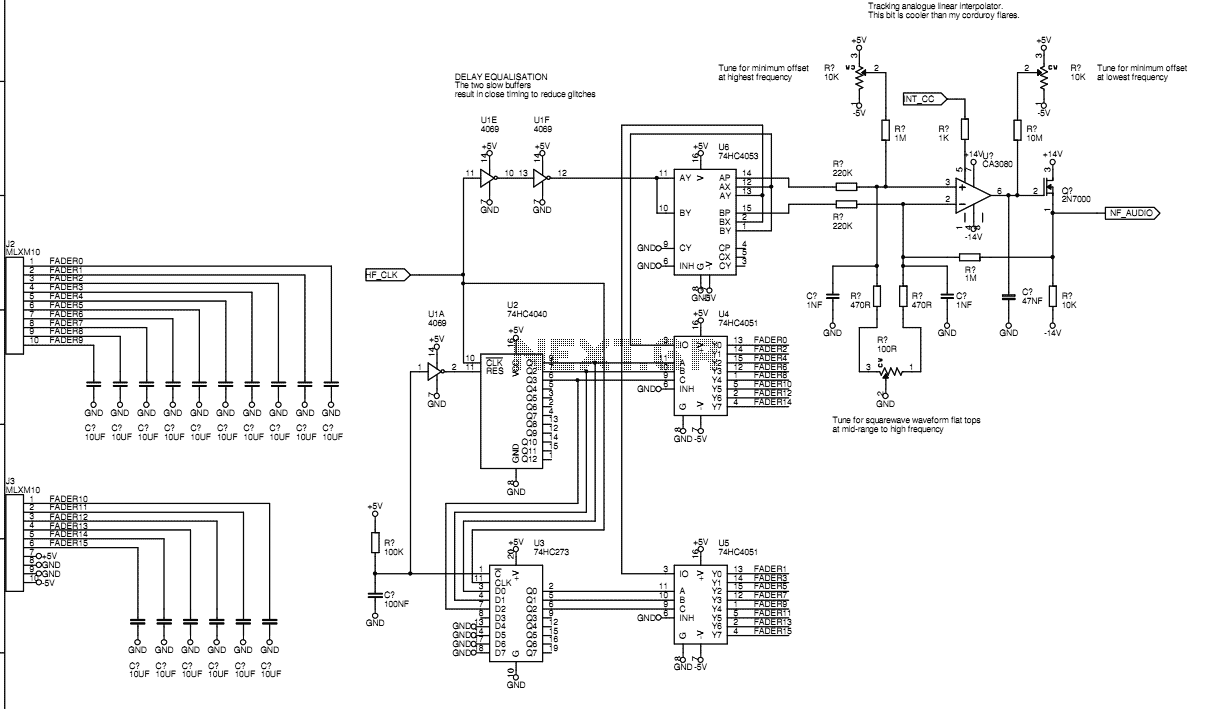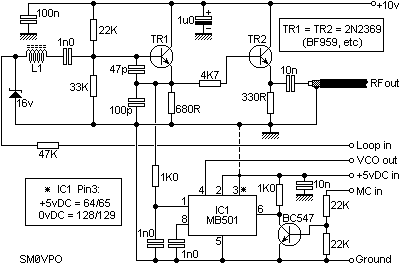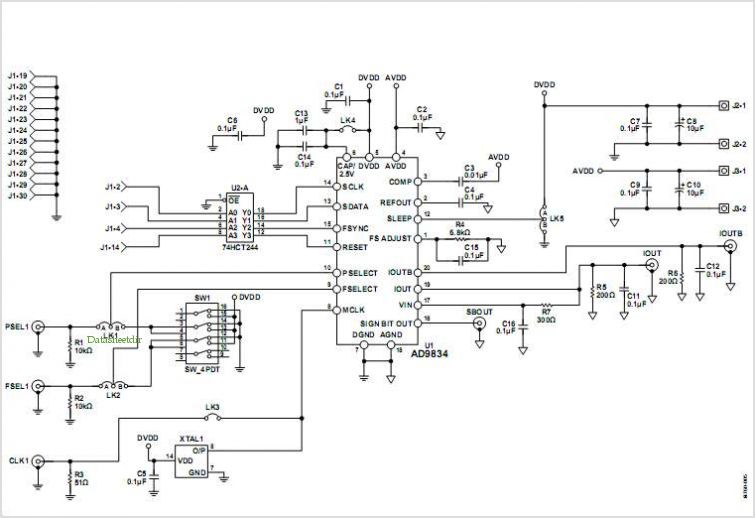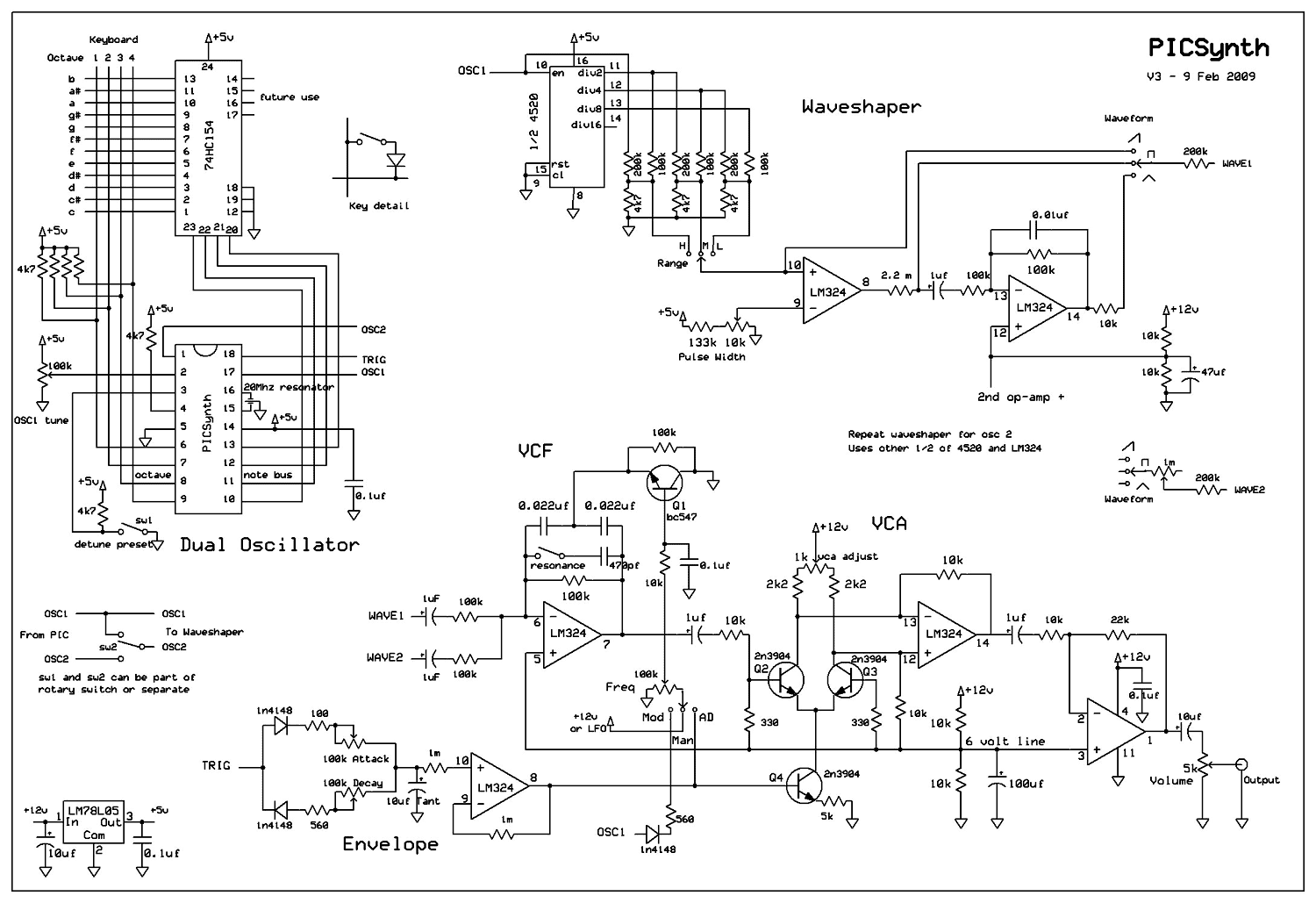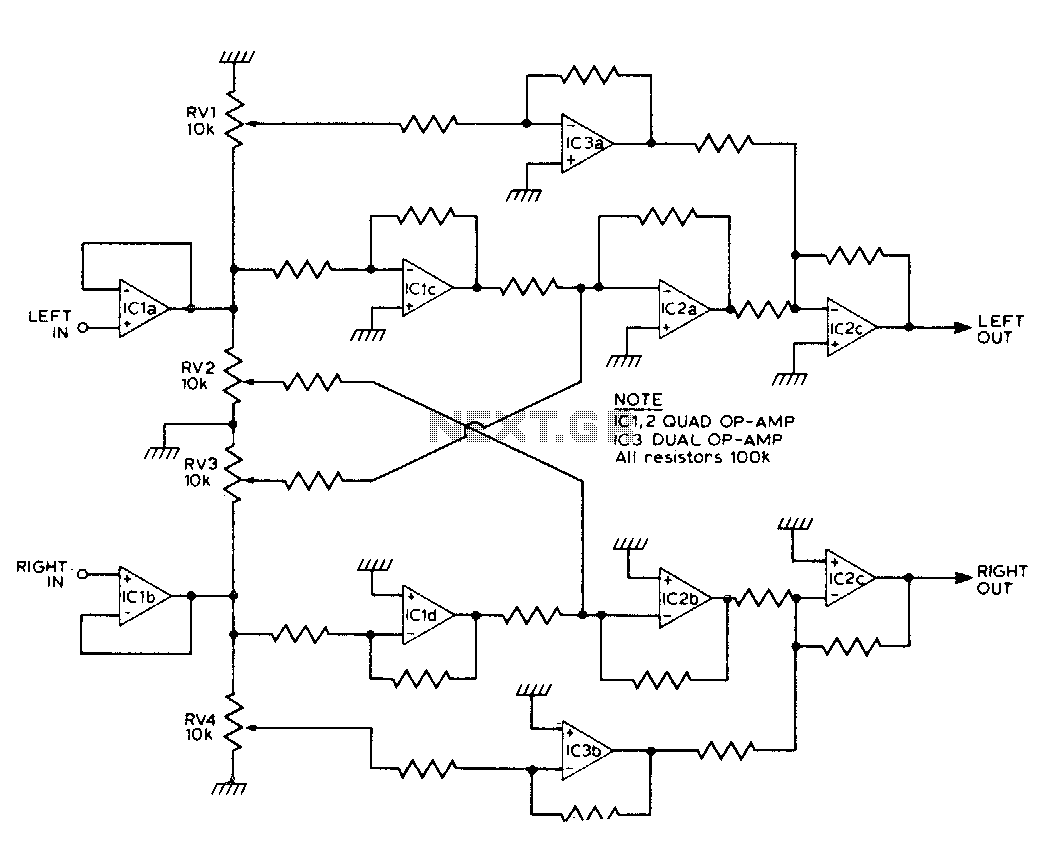
synth tr909
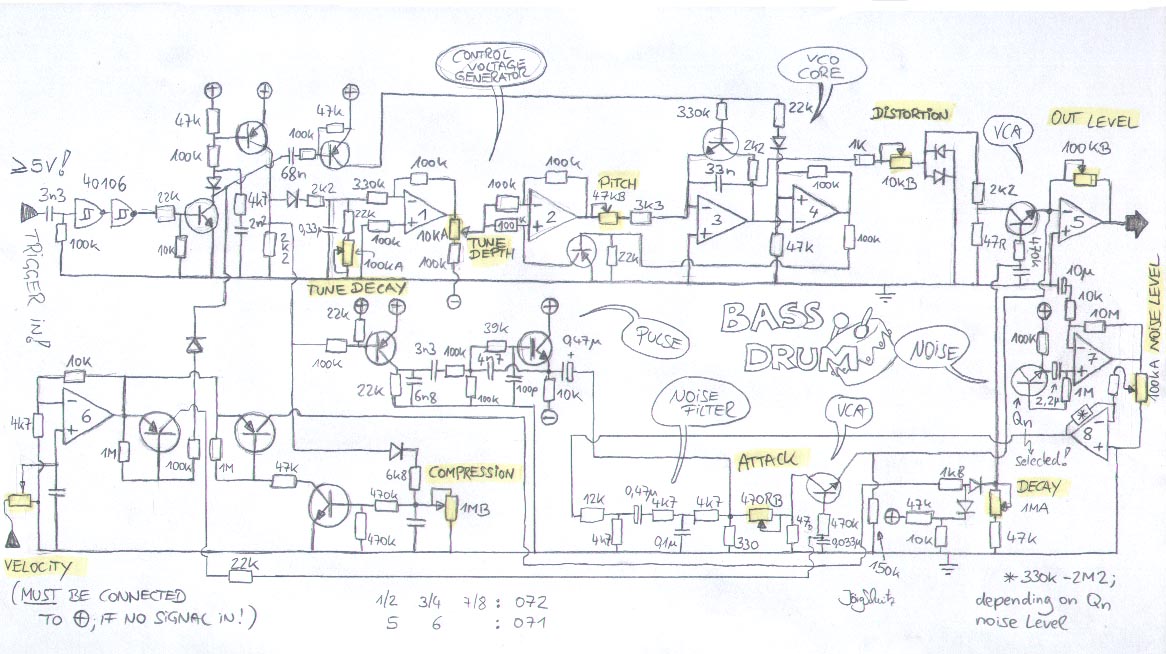
This PCB design was inspired by Colin Fraser, who discovered valuable enhancements to the bass drum circuit of the Roland TR909. The project by Trevor Page, known as the 9090 project, also provided significant assistance. As an enhancement to these modifications, a "compression" potentiometer was added, which alters the behavior of the envelope of the triangle/sine signal. The design is intended for a standalone bass drum and includes a noise circuit on the board. The noise level is adjustable from 0% to maximum, in contrast to the original TR909. A PDF file is available that contains the PCB layout of the TR909 bass drum circuit (component side view) along with three images for component placement, categorized into pots, resistors, and other components for clarity. The transistors are represented as they are mounted on the PCB, with "5" indicating BC559 and "4" indicating BC549. All diodes used are 2N4148. The design consistently employs 1% metal film resistors.
The PCB design for the modified TR909 bass drum circuit incorporates several key features that enhance its functionality and usability. The primary innovation is the addition of a compression potentiometer, which allows for greater control over the envelope shaping of the audio signal. This feature provides users with the ability to customize the dynamic response of the bass drum sound, making it more versatile for different musical styles.
Furthermore, the inclusion of an adjustable noise circuit expands the sonic palette available to the user. Unlike the original TR909, where noise levels are fixed, this design permits users to fine-tune the noise from 0% to maximum. This flexibility is particularly advantageous for sound designers seeking to create unique drum sounds or to blend noise with the primary bass drum signal for a richer texture.
The PCB layout is meticulously organized to facilitate easy assembly and maintenance. The component side view in the provided PDF allows for clear visibility of the placement of each component, ensuring that builders can accurately follow the schematic. The division of component placement into categories—pots, resistors, and other components—further aids in the assembly process, minimizing the potential for errors.
Transistor identification is straightforward, with clear markings indicating the specific types used in the circuit. The BC559 and BC549 transistors are commonly used in audio applications for their reliable performance. The choice of 1% metal film resistors throughout the design ensures precision in resistance values, contributing to overall circuit stability and sound quality.
This comprehensive approach to both the design and documentation of the PCB enhances the user experience, making it accessible for both novice and experienced builders while maintaining the high-quality standards associated with electronic musical instruments.This PCB was inspired by Colin Fraser, who found some very useful extensions to the bass drum circuit of the Roland TR909. Trevor page`s 9090 - project was of course also very helpful for me ! As an addition to these modifications, I added a "compression" pot, changing the behaviour of the envelope of the tri/sine signal a bit, see schematics for
detail. As it is a standalone bass drum, I added the noise circuit on the board. Noise is adjustable from 0% to maximum, unlike in the original TR909. Here you will find a PDF-file, containing the PCB of the tr909 bass drum circuit (component side view !) and 3 pics for component placement : I divided these into : Pots, Resistors and all the other things (for a better view). The transistors are depicted as they are built into the PCB, "5" means BC559, "4" means BC549. All Diodes are 2N4148. In my projets I allwys use 1% metal film resistors. 🔗 External reference
The PCB design for the modified TR909 bass drum circuit incorporates several key features that enhance its functionality and usability. The primary innovation is the addition of a compression potentiometer, which allows for greater control over the envelope shaping of the audio signal. This feature provides users with the ability to customize the dynamic response of the bass drum sound, making it more versatile for different musical styles.
Furthermore, the inclusion of an adjustable noise circuit expands the sonic palette available to the user. Unlike the original TR909, where noise levels are fixed, this design permits users to fine-tune the noise from 0% to maximum. This flexibility is particularly advantageous for sound designers seeking to create unique drum sounds or to blend noise with the primary bass drum signal for a richer texture.
The PCB layout is meticulously organized to facilitate easy assembly and maintenance. The component side view in the provided PDF allows for clear visibility of the placement of each component, ensuring that builders can accurately follow the schematic. The division of component placement into categories—pots, resistors, and other components—further aids in the assembly process, minimizing the potential for errors.
Transistor identification is straightforward, with clear markings indicating the specific types used in the circuit. The BC559 and BC549 transistors are commonly used in audio applications for their reliable performance. The choice of 1% metal film resistors throughout the design ensures precision in resistance values, contributing to overall circuit stability and sound quality.
This comprehensive approach to both the design and documentation of the PCB enhances the user experience, making it accessible for both novice and experienced builders while maintaining the high-quality standards associated with electronic musical instruments.This PCB was inspired by Colin Fraser, who found some very useful extensions to the bass drum circuit of the Roland TR909. Trevor page`s 9090 - project was of course also very helpful for me ! As an addition to these modifications, I added a "compression" pot, changing the behaviour of the envelope of the tri/sine signal a bit, see schematics for
detail. As it is a standalone bass drum, I added the noise circuit on the board. Noise is adjustable from 0% to maximum, unlike in the original TR909. Here you will find a PDF-file, containing the PCB of the tr909 bass drum circuit (component side view !) and 3 pics for component placement : I divided these into : Pots, Resistors and all the other things (for a better view). The transistors are depicted as they are built into the PCB, "5" means BC559, "4" means BC549. All Diodes are 2N4148. In my projets I allwys use 1% metal film resistors. 🔗 External reference
